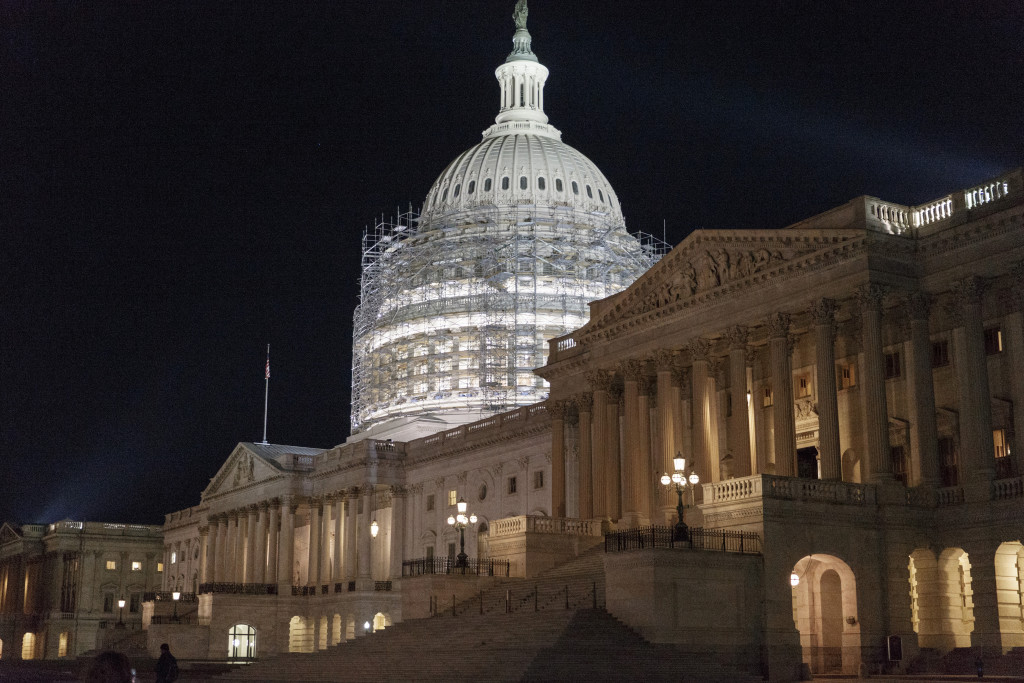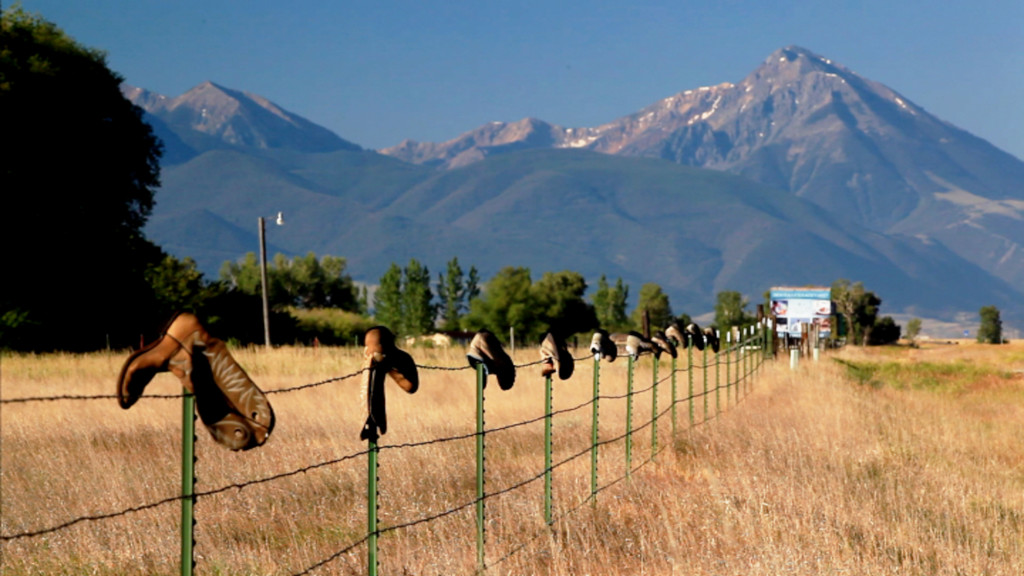Election Spending Reached New High in 2014, Despite Fewer Donors

February 19, 2015
Share
Spending on Congressional elections reached its highest level ever in 2014, even though fewer Americans donated money, according to an analysis released Wednesday by the nonprofit Center for Responsive Politics.
The tally found that the $3.77 billion spent in last year’s election cycle was the most ever for a midterm race, and came despite a five percent drop-off in “identifiable donors.” In all, 773,582 donors contributed to last year’s midterms, a decline of more than 96,000 donors to Congressional elections in 2010.
But those donors contributed a lot more. “At the same time the number of individual donors declined, the amount they gave increased,” said the report, which examined year-end election filings. The average contribution reached an all-time high of $2,639 in 2014, up from $1,936 during the 2010 midterms.
One factor behind the spending boom: the Supreme Court’s ruling last April in McCutcheon v. Federal Election Commission. The 5-4 decision effectively ensured a greater role for wealthy donors in U.S. politics, freeing donors to spend as much as $3.7 million per election cycle, up from a previous limit of $123,200.
A second explanation is the continuing growth in spending by outside political groups. Following the court’s 2010 decision in Citizens United, outside groups were freed to accept donations of any amount, and in November’s elections they accounted for a record 14.9 percent of all spending, up from 9 percent just four years earlier.
But even when it came to spending by outside political groups, there were again fewer donors, reflecting the rising influence of what the analysis described as “a small pool of extremely wealthy individuals” in American politics. As the study noted:
In 2010, there were 57,405 individual donors to outside spending groups … who gave a total of $104.6 million, or roughly $1,800 apiece. In 2014, there were 53,725 donors to outside groups, whose average donation was $8,011. That’s an increase in the size of the average donation of almost 445 percent.
Related Film: Big Sky, Big Money
FRONTLINE’s 2012 film went to the epicenter of the campaign finance debate — rural Montana — to see how the Supreme Court’s Citizens United decision changed campaigns in America.

Related Documentaries
Latest Documentaries
Related Stories
Related Stories
Policies
Teacher Center
Funding for FRONTLINE is provided through the support of PBS viewers and by the Corporation for Public Broadcasting. Additional funding is provided by the Abrams Foundation; Park Foundation; the John D. and Catherine T. MacArthur Foundation; and the FRONTLINE Journalism Fund with major support from Jon and Jo Ann Hagler on behalf of the Jon L. Hagler Foundation, and additional support from Koo and Patricia Yuen. FRONTLINE is a registered trademark of WGBH Educational Foundation. Web Site Copyright ©1995-2025 WGBH Educational Foundation. PBS is a 501(c)(3) not-for-profit organization.



















